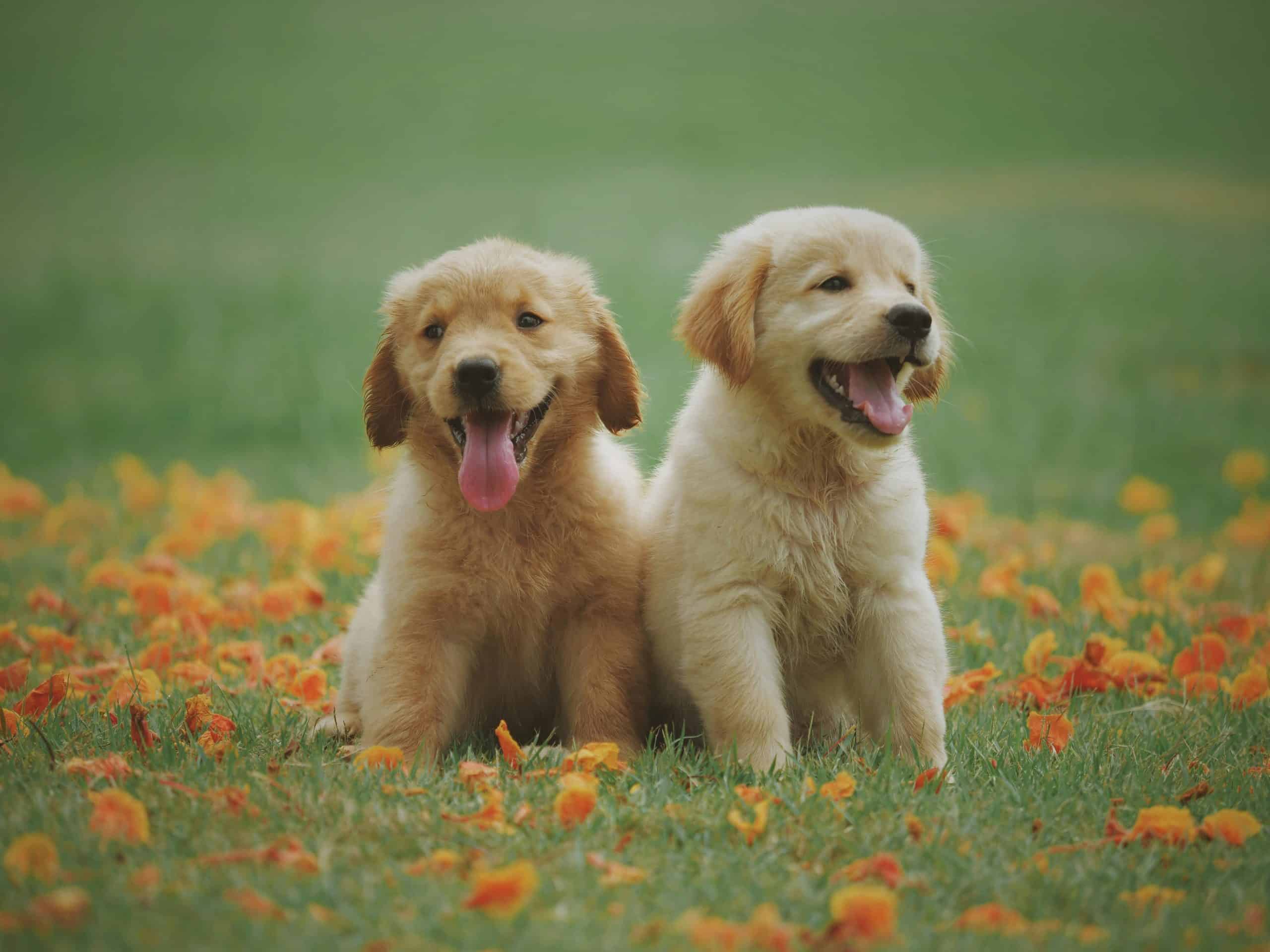What Are the Best Strategies for Preventing Resource Guarding in a Multi-Dog Household?

Resource guarding is a typical behavior seen in dogs that involves them using aggressive behavior to protect their valued resources, such as food, toys, and even their favorite resting places. However, in a multi-dog household, this behavior can lead to problematic situations, creating tension among the dogs and even posing a risk to their safety and that of the owners. This article will delve into the best strategies to prevent resource guarding in a multi-dog household, focusing on the importance of understanding your dogs’ behavior, effective training methods, and the role of providing multiple resources.
Understanding Resource Guarding Behavior
Before you can address resource guarding behavior effectively, it’s crucial to understand what it is and why your dogs may be displaying such behavior.
A lire aussi : How to Train an English Springer Spaniel to Retrieve Game Without Damaging It?
Resource guarding in dogs is a natural instinct. Dogs in the wild, much like their wolf ancestors, would guard their food and shelters to ensure their survival. In a household setting, this instinctive conduct often extends to toys and even their favorite spots on the sofa.
In a multi-dog household, resource guarding can escalate quickly. One dog’s guarding behavior can provoke a response in the other dogs, leading to a cycle of aggression and tension in the household. It’s not a sign that your dogs are badly behaved or aggressive by nature. Instead, it’s an instinctive behavior that requires understanding and patient handling.
A lire également : What’s the Ideal Temperature and Humidity Level for a Corn Snake’s Terrarium?
Training to Prevent Resource Guarding
The cornerstone of preventing resource guarding in a multi-dog household is consistent and effective training. Training should be a part of your dogs’ daily routines.
One of the best training methods to combat resource guarding is the ‘trade-up’ game. This involves offering your dog a higher-value item in return for what they’re currently guarding. For instance, if your dog is guarding a toy, you might offer a tasty treat as a trade. This method helps dogs associate the approach of people or other dogs with positive outcomes.
Another effective training method is the ‘leave it’ command. This command teaches your dog to move away from an item when told to do so. Start by training your dogs separately and then gradually introduce the command in a multi-dog environment. With consistent training, your dogs will learn to respond to the command even in the presence of their furry counterparts.
The Role of Multiple Resources
In a multi-dog household, having multiple resources can help mitigate resource guarding. This includes providing more than one feeding area, water bowls, and toys. Furthermore, ensure that these resources are spread out in different areas of the house to prevent competition.
Multiple feeding areas reduce the chances of your dogs becoming competitive over food. Similarly, having multiple toys ensures that if one toy becomes a point of contention, there are other toys available. Water bowls should also be available in different areas of the house as dogs can sometimes guard water resources as well.
Remember, it’s not just enough to have multiple resources; they should also be of equal quality. If there’s a perception of one toy or one feeding area being superior to others, it could still lead to resource guarding.
Maintaining a Peaceful Multi-Dog Household
Maintaining peace in a multi-dog household is both an art and science. It requires a keen understanding of your dogs’ behavior, regular training, and diligent management of resources.
Regularly observe your dogs and note any signs of resource guarding, such as growling, stiffening, or snapping. Intervene promptly and calmly. Don’t punish your dogs for resource guarding as it could exacerbate the problem. Instead, redirect their energy using commands or toys.
Ensure that there’s a balance of attention between your dogs. Dogs can guard not just tangible resources but also their human companions. If one dog feels they’re not getting as much attention, it could lead to tension and resource guarding behavior.
Finally, if resource guarding continues to be a significant problem in your household, consider enlisting the help of a professional dog behaviorist or trainer. They can provide personalized strategies and methods to manage and reduce resource guarding in your household.
Resource guarding can be a challenging behavior to deal with, especially in a multi-dog household. However, with understanding, training, and the right strategies, it’s possible to manage and prevent this behavior, ensuring a peaceful co-existence for your multiple canine companions.
The Significance of Positive Reinforcement in Preventing Resource Guarding
Positive reinforcement is a powerful tool in managing resource guarding behavior among multiple dogs. This technique involves rewarding your dogs for exhibiting desirable behaviors, which encourages them to repeat these behaviors in the future.
One aspect of positive reinforcement is rewarding calm behavior around resources. For instance, if you notice that your dogs are comfortable sharing a space or a toy peacefully, reward them with praise or a treat. This action reinforces the notion that sharing resources can have positive outcomes, thereby reducing instances of resource guarding.
Another key element of positive reinforcement is not punishing your dogs for resource guarding. Punishment can escalate aggression and heighten the fear and anxiety that often trigger resource guarding behaviors. If you catch a dog guarding a resource, resist the urge to shout or physically intervene. Instead, use a calm command to distract the dog, or engage them in an activity they enjoy.
Moreover, training sessions should always be accompanied by positive reinforcement. Whether you’re teaching your dog the ‘leave it’ command or engaging them in the ‘trade-up’ game, be sure to reward them for responding correctly. The rewards can range from tasty dog treats to cuddles and praises. This will make training sessions enjoyable for your dogs, increasing their willingness to learn and making the training more effective.
Remember, consistency is key when it comes to positive reinforcement. The behaviors you reward become the behaviors your dogs will be inclined to repeat. Therefore, always be on the lookout for opportunities to reward good behavior.
Addressing Food Aggression in a Multi-Dog Household
Food aggression is a common form of resource guarding. It occurs when a dog exhibits aggressive behaviors, such as growling, snapping, or lunging, to protect their food. In a multi-dog household, this type of behavior can lead to tension and fights among dogs.
To prevent food aggression, consider feeding your dogs in separate areas, or even in different rooms if necessary. This arrangement gives each dog their own space and reduces competition for food resources.
Another effective strategy is to establish and maintain feeding routines. Consistent feeding times give your dogs a sense of security and predictability, reducing anxiety around meals. Also, a routine ensures that all dogs are fed at the same time, reducing the chance for one dog to guard their food from others who have finished eating.
If one of your dogs finishes their meal quickly and then tries to steal food from another dog, consider using puzzle feeders or slow feeder bowls. These tools slow down the eating process, reducing the likelihood of one dog finishing before the others and trying to take food from them.
Additionally, if you notice that a particular dog food triggers aggressive behavior more than others, consider switching to a different brand or type of food.
Conclusion: Nurturing a Harmonious Multi-Dog Household
Preventing resource guarding in a multi-dog household can be a challenging endeavor. Nevertheless, with the correct understanding of the dogs’ behavior, consistent training using effective methods like the ‘trade-up’ game and ‘leave it’ command, positive reinforcement, and judicious resource management, it is possible to create a peaceful living environment for multiple dogs.
Regular monitoring of your dogs’ behaviors and interactions is vital in recognizing the earliest signs of resource guarding. It’s important to remember that patience and consistency are your allies in managing this behavior.
If resource guarding becomes a significant concern despite your efforts, seeking professional help from a dog behaviorist or trainer is highly recommended. They can offer specialized advice and strategies tailored to your dogs’ needs and your household dynamics.
In the end, owning multiple dogs can be a rewarding experience. It allows you to witness the unique personalities and bonds that form among your dogs. With understanding, dedication, and the right strategies, you can ensure that resource guarding doesn’t compromise the joy and harmony of your multi-dog household.
